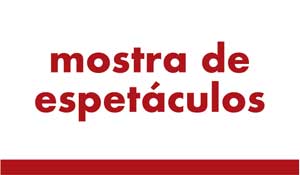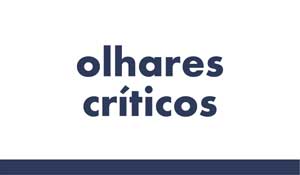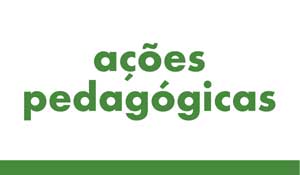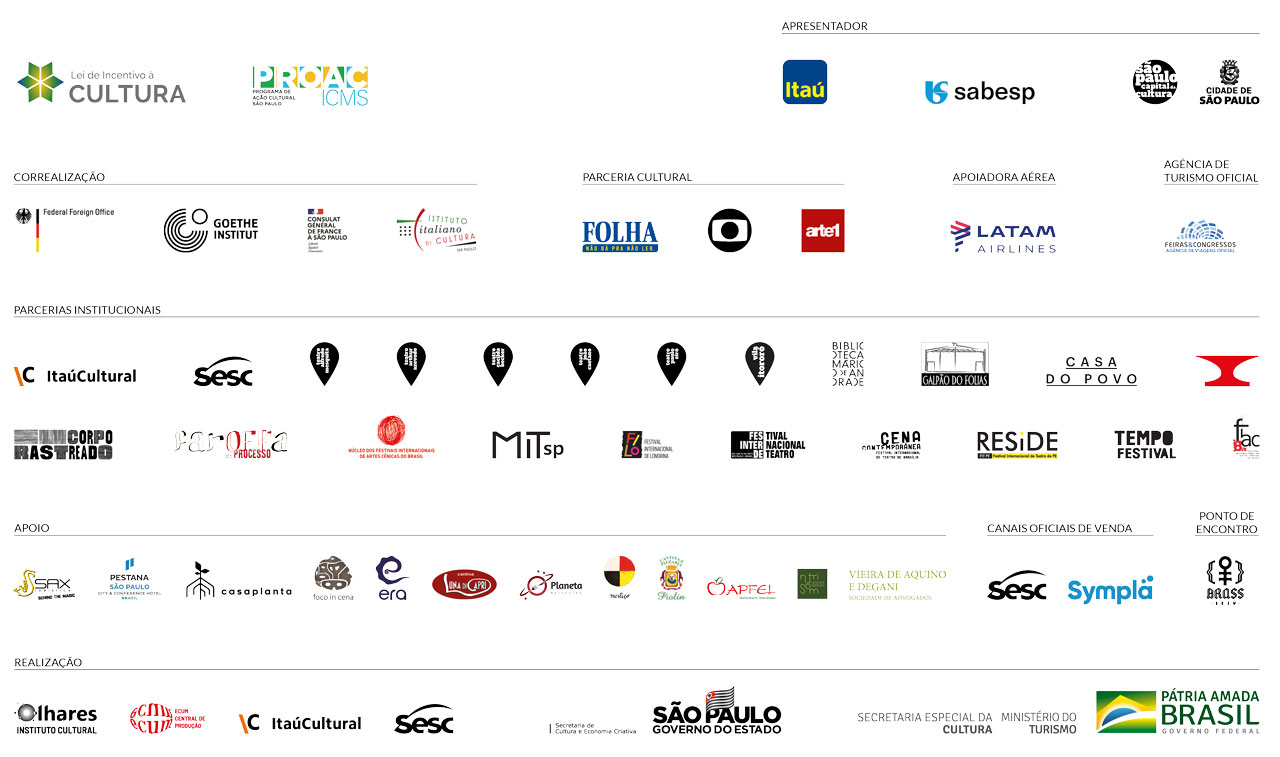They Practice Contemporary Dance
ARTIST: Leandro Souza
Brazil, 2019 | 40 min. | Parental Rating: 16+
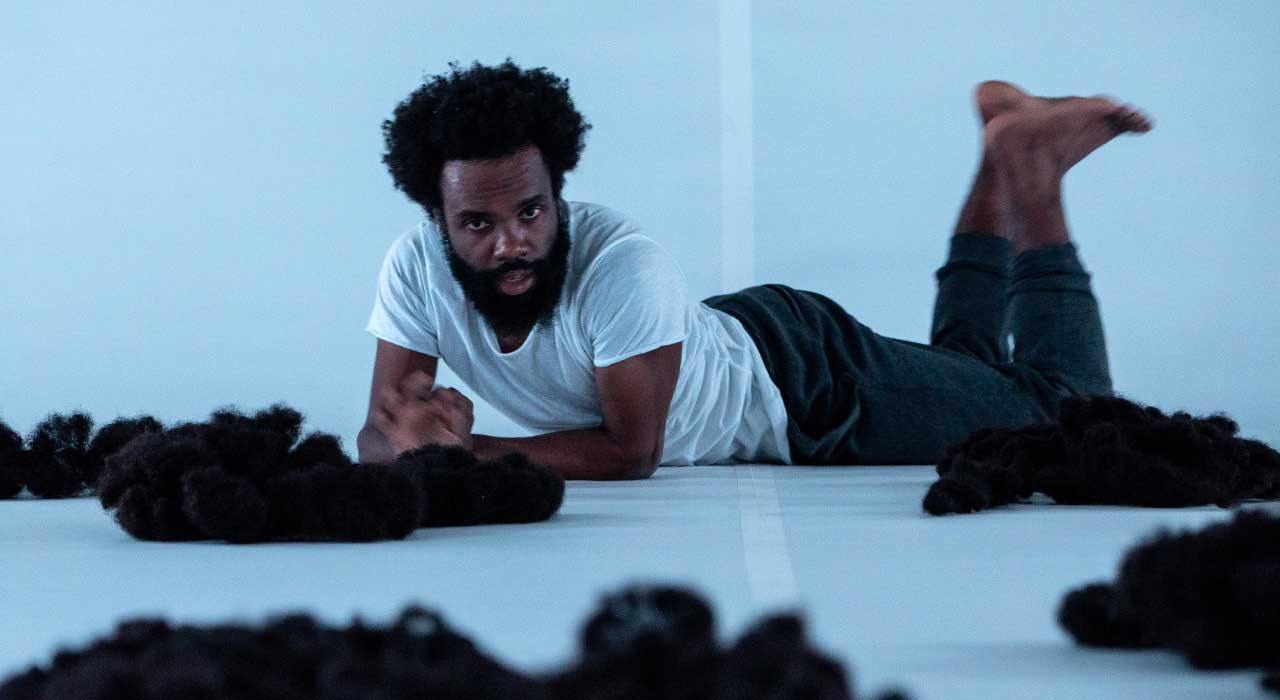
SINOPSIS
While handling a pile of synthetic hair, artist Leandro Sousa constantly repeats the question “Am I black enough for you?”, chorus of a song by African-American singer Billy Paul. They Practice Contemporary Dance is a choreographic solo provoked by the entanglement of speech, body and object. In it, the artist searches for a synthesis scene capable of revealing dilemmas, noises and tensions, involving black existences in western contemporary art. The dance is articulated over new insights about choreography, in dialogue with visual arts and performance and aligned with the growing demand for representativeness and decolonization of art and knowledge production. Leandro seeks to stress blackness issues, in relation to the Eurocentric ways of making, thinking and seeing art. He provokes reflections about a logic of the “specific place”, by which artistic institutions operate and to which racialized and subaltern bodies are despised.
HISTORY
Leandro Souza is a dance artist; he produces independently in São Paulo. He performs on the verge of languages, moving through knowledge, investigating unusual approaches to movement, crafting procedures for creation and research in art. His works result from entangled processes of seeing, thinking and making art. The highlights are: They Practice Contemporary Dance (2019), awarded by ProAC, which premiered at Sesc Campinas and toured at Centro Cultural São Paulo (CCSP) and at Oficina Cultural Oswald de Andrade. The work was part of the program of Histórias da Dança exhibition at Masp, in 2020. Sismos e Volts (2018) received the APCA award, with presentations at Bienal Sesc de Dança 2019, at Encuentro Internacional de Arte Escénico Contemporáneo (EINCE), in Mexico, and at Festival Contemporâneo de São Paulo. Currently, he is working on the project A Gente É Sutil, Vocês São Explícitos, granted by the 29th Public Notice to Foster Dance for the City of São Paulo.
CRITIC
“Leandro’s voice, repeating the same phrases (in English and Portuguese), creates a kind of rhythm for the scene, plus a feeling of almost hypnosis with the audience, while performing movements which escape dance coded signals”.

